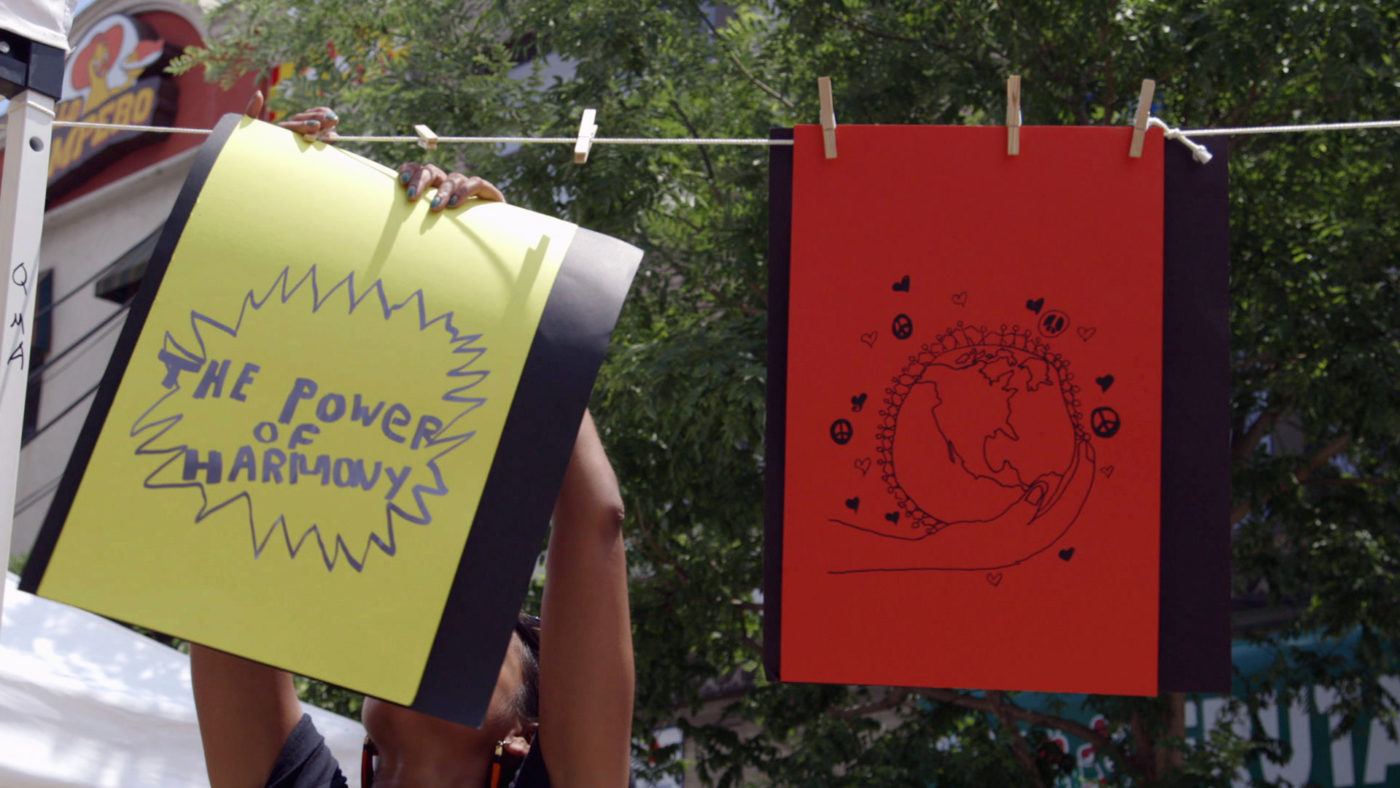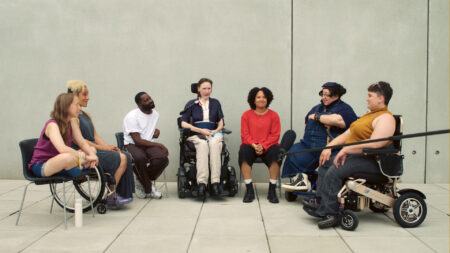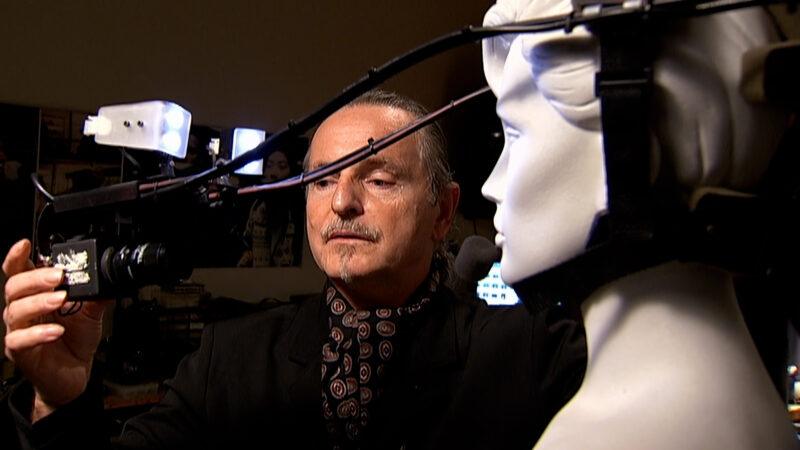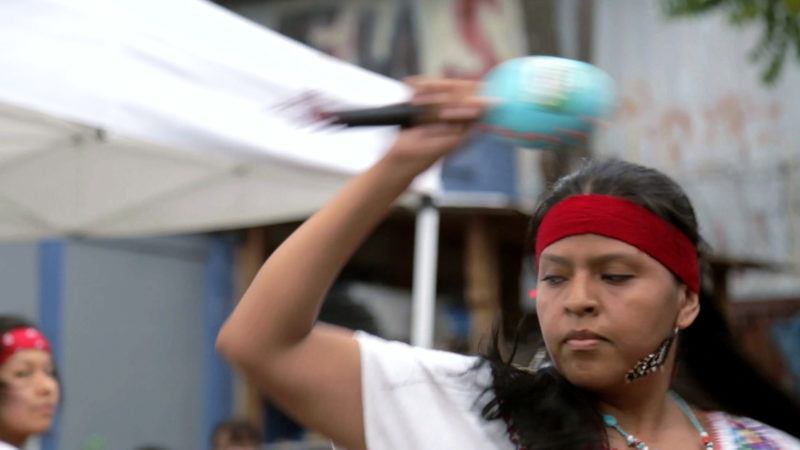Conversation Starter
How can art be a tool for civic engagement?
Investigating stories of silenced or marginalized communities, artists have employed their practices as tools for effecting change.

Appropriating public buildings and monuments as backdrops for projections, Krzysztof Wodiczko transforms architectural structures into large-scale collective canvases. Voiced testimonials of individuals who survived the atomic bomb of Hiroshima and projections of the faces of women in Tijuana who detail accounts of being abused, Wodiczko disrupts the traditional understandings of public space and turn its function into a forum of empathy. “It’s not only important what art is,” says Wodiczko, “but what art does.”
“It’s not only important what art is, but what art does.”
—Krzysztof Wodiczko

Motivated by social justice, Tania Bruguera incorporates activism into her performances, and blur the lines between civic and creative duty. Celebrating the aesthetics of indigenous communities and turning museum goers into participants of protest, Bruguera admits the most productive moment of an art piece is when people are unsure if it’s art.
How do artists use their platform to confront social justice?




